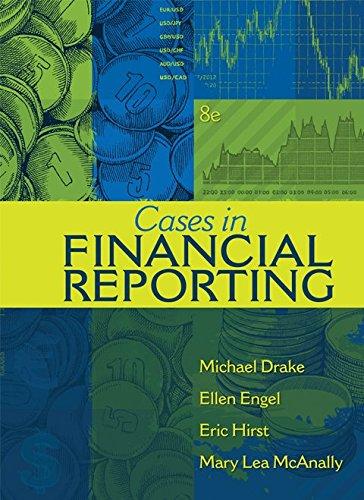Skye's earnings per share last year were $3.40. The common stock sells for $50.00, fast year's dividend (D0) was $2.30, and a flotation cost of 12% would be required to sell new common stock. Security analysts are projecting that the common dividend will grow at an annual rate of 8%. Skye's preferred stock pays a dividend of $3.50 per share, and its preferred stock selis for $35.00 per share. The firm's before-tax cost of debt is 12%, and its marginal tax rate is 25%. The firm's currently outstanding 12%6 annual coupon rate, long-term debt sells at par value. The market risk premium is 6%, the risk-free rate is 7%, and 5kyes beta is 1.506 . The firm's total debt, which is the sum of the company's short-term debt and long-term debt, equals $1.575million. The data has been collected in the Microsoft Excel file below. Download the spreadsheet and perform the required analysis to answer the questions below, Do not round intermediate calculations. Round your answers to two decimal places. a. Calculate the cost of each capital component, that is, the after-tax cost of debt, the cost of preferred stock, the cost of equity from retained earnings, and the cost of newly issued common stock. Use the DCF method to find the cost of common equity. After-tax cost of debt: % Cost of preferred stock: Cost of retained earnings: Cost of new common stock: 70 Cost of new common stock: % b. Now calculate the cost of common equity from retained earnings, using the CAPM method. % c. What is the cost of new common stock based on the CAPM? (Hint: Find the difference between re and ra as determined by the DCF method, and add that differential to the CAPM value for rn ? % d. If Skye continues to use the same market-value capital structure, what is the firm's WACC assuming that (1) it uses only retained earnings for equity and (2) if it expands so rapidly that it must issue new common stock? (Hunt: Use the market value capital structure excluding current liabilities to determine the weights. Also, use the simple average of the required values obtained under the two methods in calculating WACC.) WACC 1: WACC 2: PRIVACY SEIIINGS APPLIED B5 2021 \begin{tabular}{|c|c|c|} \hline 4 & A & \\ \hline 1 & Calculating the WACC & \\ \hline 2 & & \\ \hline 3 & Skye Computer Company: Balance Sheet & as of December 31 \\ \hline 4 & (in thousands of dollars) & \\ \hline 5 & & 2021 \\ \hline 6 & Current assets & $1,750 \\ \hline 7 & Net fixed assets & 3,250 \\ \hline 8 & Total assets & $5,000 \\ \hline 9 & & \\ \hline 10 & Accounts payable and accruals & $600 \\ \hline 11 & Short-term debt & 200 \\ \hline 12 & Long-term debt & 1,375 \\ \hline 13 & Preferred stock & 475 \\ \hline 14 & Common stock & 1,150 \\ \hline 15 & Retained earnings & 1,200 \\ \hline 16 & Total common equity & $2,350 \\ \hline 17 & Total liabilities and equity & $5,000 \\ \hline 18 & & \\ \hline 19 & Last year's earnings per share & $3.40 \\ \hline 20 & Current price of common stock, P0 & $50.00 \\ \hline 21 & Last year's dividend on common stock, D0 & $2.30 \\ \hline 22 & Growth rate of common dividend, g & 8% \\ \hline 23 & Flotation cost for common stock, F & 12% \\ \hline 24 & Common stock outstanding & 50.000 \\ \hline \end{tabular} Sheet1 Current price of preferted stock, Pp Dimdend on preferred stock, Dp Preforted stock outstanding Before-tax cost of debt, if Market risk premium, tMtRF Risk-tree rate, fas Beta Tax rate Total debe 2021 a. Calculating the cost of each capital component (using the DCF method to find the cost of common equity) Aftertax cost of debt Cost of preferred stock Cost of retained earnings Cost of new common stock Formulas b. Calculating the cost of common equity from retained earnings, using the CAPM method Cost of retained earnings c. Calculating the cost of now common stock based on the CAPM Fiotation cost adjustment Cost of new common stock. Sheet1 b. Calculating the cost of comsnon equity from retained eamings, ising she CAPM method Cost of retained earnings c. Calculating the cost of new caranen sock based on the CAIM Flotation cost adpustenent Cost di new commen at ack











